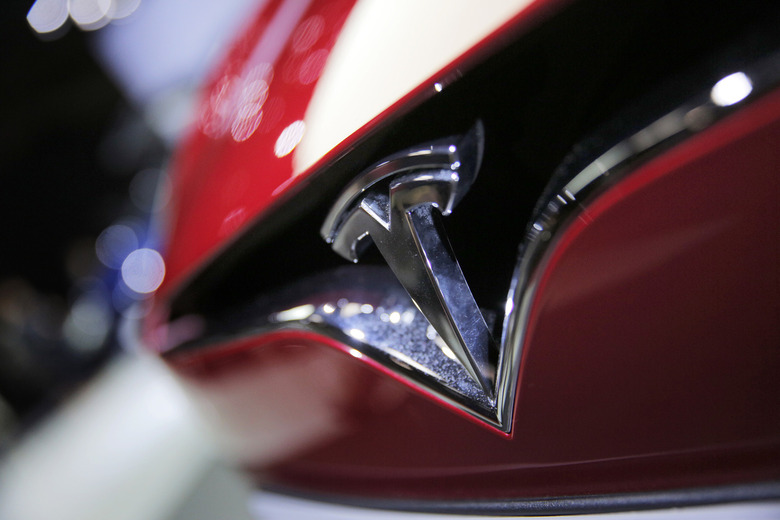The Negativity Surrounding Tesla Remains Bizarrely Unfair
Shares of Tesla fell by nearly 10% on Thursday after the electric automaker released delivery figures that left investors pessimistic about the company's future growth prospects. When the dust settled, Tesla during the first quarter of the year delivered 63,000 vehicles, a mix that included 50,900 Model 3s. As a point of reference, investors were anticipating deliveries to fall somewhere in the 76,000 range.
Tesla's delivery figures for the quarter would have been welcome news even a few years ago, but as time marches on, the expectation that Tesla will exhibit tremendous growth has grown considerably. To this point, Tesla late last year posted impressive results for the 2018 holiday quarter with nearly 91,000 deliveries. Apparently a quarterly drop of 15,000 units was viewed as a huge red flag. The figures above, however, don't even come close to painting a complete picture.
To be fair, drawing sweeping conclusions from any given quarter is far from instructive. Tesla, after all, is in it for the long haul and the company has continued to grow with each passing year. So while deliveries in successive quarters went down sharply, year-over-year delivery growth remains substantial and downright impressive. To this point, Tesla during the same quarter a year-ago delivered 29,980 vehicles. Put simply, Tesla in just one year saw Q1 deliveries jump by 110%. The fact that this is viewed through a prism of negativity is simply par for the course even though it's patently lazy and unfair.
Incidentally, it's worth adding that Tesla during the quarter actually manufactured 77,100 vehicles, a figure which is more than double the 34,494 vehicles Tesla manufactured during Q1 of 2018.
Put simply, the notion of evaluating the vibrancy of Tesla's business by looking at sequential growth as opposed to annual growth seems completely arbitrary. Of course, part of the reason expectations surrounding Tesla tend to be so high can be traced back to any number of ambitious declarations from Tesla CEO Elon Musk who, it's worth pointing out, has scaled back such remarks over the past few months.
Tesla's press release from earlier in the week reads in part:
In North America, Model 3 was yet again the best-selling mid-sized premium sedan, selling 60% more units than the runner up. Inventory of Model 3 vehicles in North America remains exceptionally low, reaching about two weeks of supply at the end of Q1, compared to the industry average of 2-3 months.
Despite pull forward of demand from Q1 2019 into Q4 2018 due to the step down in the federal tax credit, US orders for Model 3 vehicles significantly outpaced what we were able to deliver in Q1. We reaffirm our prior guidance of 360,000 to 400,000 vehicle deliveries in 2019.
Given that Tesla vehicle production currently occurs entirely from one factory in the San Francisco Bay Area, but must be delivered to customers all around the world, production could be significantly higher than deliveries, as it was this quarter, when production exceeded deliveries by 22%.
Beyond this lone quarter, Tesla made a point of emphasizing that it anticipates deliveries in 2019 to hit upwards of 400,000 units. To put this figure into perspective, Tesla last year delivered 245,240 vehicles. If Tesla's projection pans out, 2019 will see Tesla boost annual deliveries by a whopping 63%. The notion that this potential achievement is being ignored in the interest of evaluating Q4 to Q1 sales simply illustrates that Tesla still can't get a fair shake from the folks on Wall Street these days.
